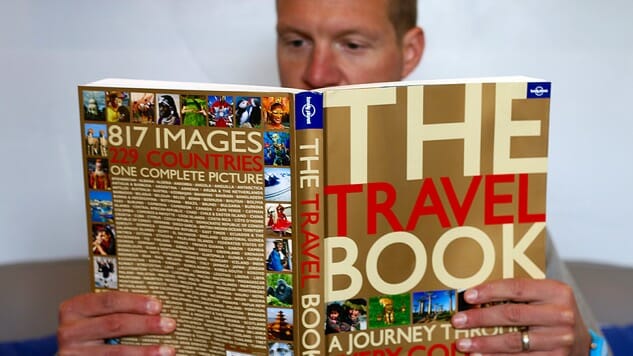Off The Grid: Do Guidebooks Still Travel Well?
Photo: Lindsey Snow
The travel industry owes a lot to guidebooks. First published in the 1830s by John Murray to facilitate the burgeoning market for long distance tourism, the books turned less familiar European, Asian and African geographies from merely places where foreigners lived into something that British and German nationals could bag.
These early guidebooks introduced the concept of significant “sights” or attractions and star ratings for available lodging, restaurants and amenities. Their invention and subsequent publishers such as Lonely Planet, Frommers, In Your Pocket and others encouraged hundreds of millions of people to fall in love with the outside world and sometimes learn from it. These written guides are also partly responsible for the good (more economy, culture exchange) and bad (more crowds, destruction of nature) that come from global tourism.
Then the Internet happened. Mobile happened. TripAdvisor, Yelp, Wikitravel and Google Maps happened. So are paid guidebooks, either printed or downloaded to smartphones, still worth it?
Those who still publish or contribute to them understandably say yes. “Guidebooks are $20 tools for $3,000 experiences,” writes legendary travel guide Rick Steves. “An up-to-date guidebook pays for itself on your first day in Europe.”
-

-

-

-

-

-

-

-

-

-

-

-

-

-

-

-

-

-

-

-

-

-

-

-

-

-

-

-

-

-

-

-

-

-

-

-

-

-

-

-








































